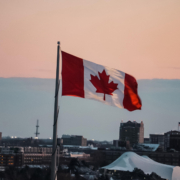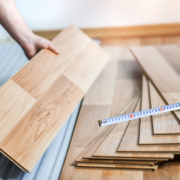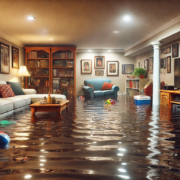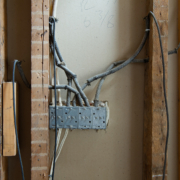Travel Insurance: 5 Reasons It’s Essential for Your Canadian Adventures
Think you only need travel insurance when you leave Canada. Think again! Prepare yourself even for your Canadian travel.
Travel is always such an exciting experience. Whether you’re exploring distant lands or discovering hidden gems closer to home. But, even when exploring the beautiful landscapes of Canada, unforeseen circumstances can disrupt your plans and put you at risk. That’s why having travel insurance is crucial, even when exploring the magical and picturesque destinations right here in our nation. Travel insurance can safeguard your well-being and finances during your Canadian adventures. Here’s how:
-
Travel insurance protects your health and well-being
Canada boasts an excellent healthcare system. But your provincial health insurance plan may not cover all medical expenses while travelling elsewhere in the country. Travel coverage ensures that you have access to quality healthcare without incurring exorbitant costs. In the event of an unexpected illness or injury, travel insurance provides coverage for medical emergencies, hospital stays, doctor visits, and even medical evacuation if necessary. It gives you peace of mind, knowing that you have protection wherever your journey takes you.
-
Trip cancellation and interruption coverage
Sometimes, unforeseen events such as illness, family emergencies, or natural disasters can force you to cancel or cut short your trip. Without travel insurance, you risk losing a significant portion of your non-refundable expenses, such as flights, accommodations, and pre-booked activities. Travel insurance offers trip cancellation and interruption coverage, reimbursing you for these non-refundable expenses in case you need to cancel your trip or return home unexpectedly. It acts as a safety net, ensuring that you’re not left financially burdened due to circumstances beyond your control.
-
Protection against lost or delayed baggage
Losing your luggage or experiencing delays can be frustrating, especially when you’re far from home. With travel insurance, you’re covered for the loss, theft, or damage to your belongings, including luggage, personal items, and valuable possessions. This coverage provides peace of mind, allowing you to replace essential items and continue enjoying your trip, even if your baggage takes a detour.
-
Emergency assistance and travel support
When travelling, being in unfamiliar surroundings can be daunting, especially during an emergency. Travel coverage offers 24/7 emergency assistance services, including access to multilingual support, medical referrals, travel advice, and emergency cash advances. Whether you’re dealing with a lost passport or need guidance in navigating local healthcare systems, having travel insurance ensures that you’re never alone in times of crisis.
-
Coverage for adventure activities
Canadian provinces and territories offer a wide array of thrilling adventure activities, from hiking in the Canadian Rockies to kayaking in Peggy’s Cove. However, some of these activities come with inherent risks. Travel insurance provides coverage for adventure sports and activities, such as skiing, snowboarding, and mountain biking, giving you the confidence to embrace these exhilarating experiences without worrying about potential mishaps.
Travel coverage is a vital investment, even when exploring the remarkable landscapes and landmarks here in Canada. It protects your health, finances, and overall well-being, ensuring that unforeseen circumstances don’t dampen your travel experience.
Whether it’s medical emergencies, trip cancellations, lost baggage, or adventure mishaps, travel insurance offers a safety net, allowing you to explore with confidence and enjoy every moment of your Canadian adventures worry-free. Remember, when it comes to travelling, being prepared is the key to a truly remarkable journey.
Contact your broker about any and all coverage included or available to enhance your travel insurance policy coverages.











